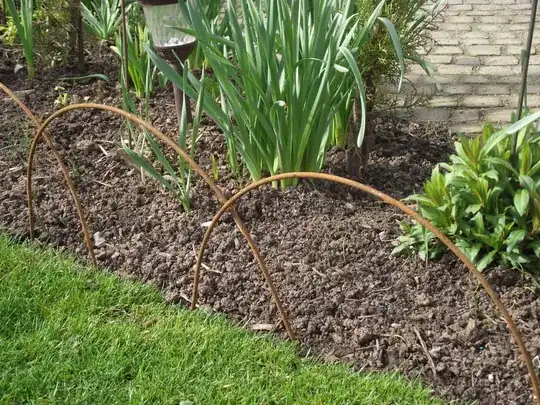So I just discovered them under a solar panel switch ('isolator') today. I have no idea how long they have been there but I reckon it cannot be more than a month or so.
There are two of them and they look very guarded.
Question 1.
Are they wasps?
Question 2.
And what can I do to remove them? I am planning to expand the solar array so I think their removal is a necessity.
I have done a google, and here is a suggested method from rentokil.co.uk
- Approach the nest slowly and quietly at night time;
- Take a bin liner and slowly cover the wasp nest;
- Detach the wasp nest from the tree or wall it is attached to and seal the bag;
- Place the bin liner in an outside bin which has a tightly fitted lid, preferable away from the house.
I hope there is a method that does not require me to handle with close physical contact.
The switch is roughly at my eye level.
The location is in Sydney, Australia.
